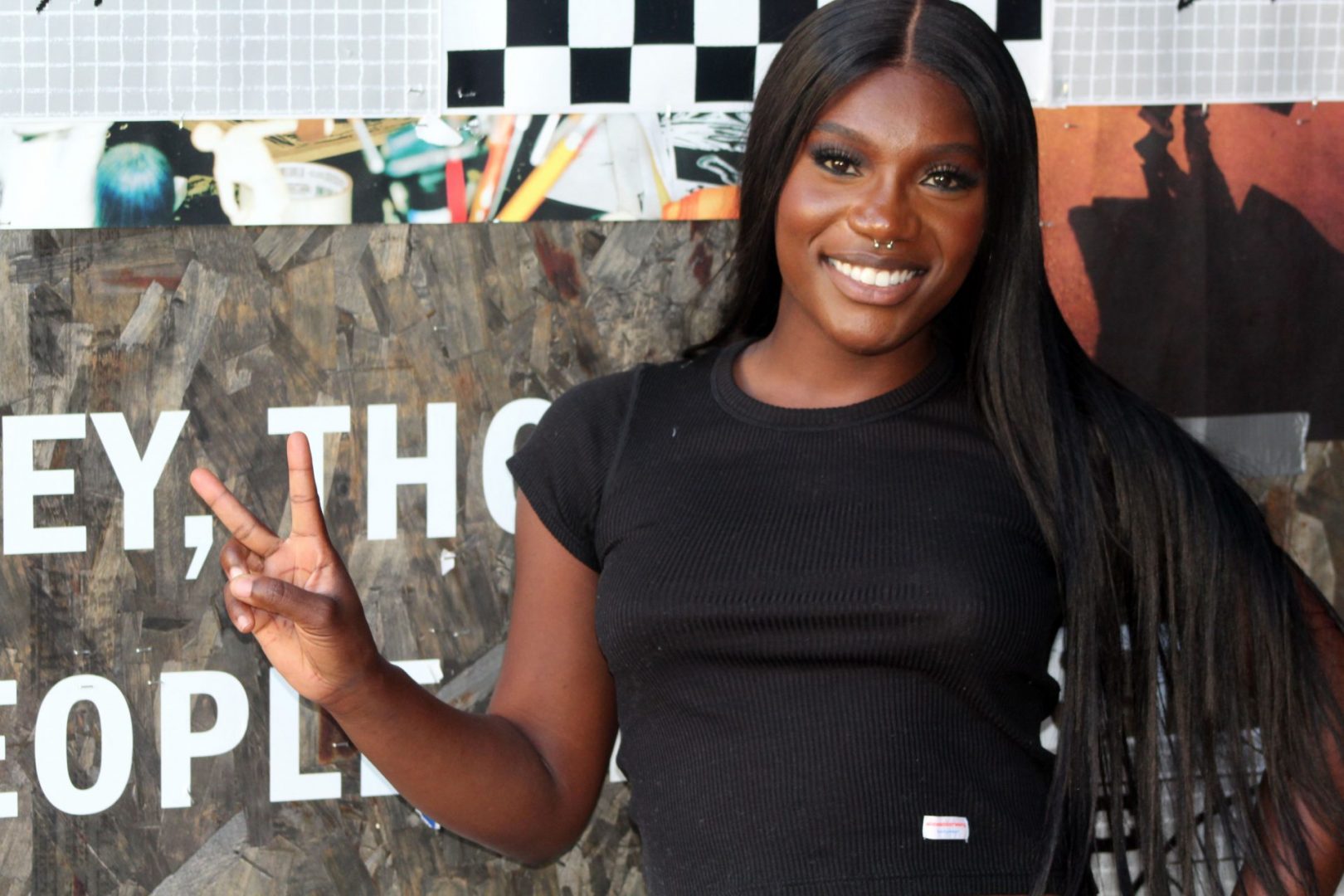Modern wireless bras have undergone a complete transformation, combining innovative design features with advanced materials to deliver both exceptional comfort and impressive support for all body types.
The reign of uncomfortable underwire may finally be coming to an end. As women increasingly prioritize comfort alongside support, wireless bras have evolved from flimsy alternatives to sophisticated garments that can rival their wired counterparts in both function and style. This shift represents more than just a fashion trend—it’s a response to women’s genuine desire for undergarments that work with their bodies rather than against them.
Today’s wireless options bear little resemblance to their predecessors, incorporating engineering principles and technical design features that provide structure and lift without the metal components that can dig, poke, or pinch. Understanding these advancements helps explain why so many women are making the switch and experiencing newfound comfort without sacrificing the support they need.
The critical importance of band construction
The foundation of any great wireless bra begins with its band. This seemingly simple component actually provides approximately 80 percent of a bra’s overall support, making it the most crucial element in wireless design. Modern bands incorporate innovative elastic materials that maintain necessary firmness while allowing natural movement throughout the day.
A properly fitting band should sit parallel to the ground and feel snug but not restrictive. The “two-finger test” offers a reliable way to check—you should be able to slide two fingers under the band comfortably, but not more. This indicates the ideal tension that provides support without discomfort.
Width plays an equally important role in band effectiveness. Wireless designs often feature wider bands than their wired counterparts, helping distribute pressure more evenly across the ribcage. This prevents the digging and marking that many women experience with narrower bands.
Multiple hook-and-eye closures increase stability in wireless styles, with higher cup sizes typically featuring three or more closure points rather than the standard two. Some innovative brands have even incorporated silicone strips along band edges to enhance grip without irritation, preventing the common issue of band riding up throughout the day.
Revolutionary cup construction techniques
Without underwire to create structure, cup design becomes paramount in wireless bras. Modern manufacturing methods have revolutionized what’s possible, with molded cups offering shape and support without traditional metal components. These cups maintain their structure through multiple laundry cycles, providing consistent support over time.
Strategically placed seams create natural lift in seamless styles, with design elements like side panels and inner slings mimicking the function of underwire through fabric engineering alone. These technical components remain invisible under clothing while performing the crucial work of supporting and shaping.
Three-dimensional knitting technology represents another breakthrough, allowing manufacturers to create variable tension zones within a single piece of fabric. This means areas requiring more support receive reinforced construction, while others allow for natural movement and flexibility—all without noticeable seams or transitions.
For fuller busts, innovative cup designs incorporate internal support elements like power mesh panels and reinforced side slings. These hidden features provide exceptional support and prevent side spillage without resorting to uncomfortable wiring, making modern wireless options viable for cup sizes that previously had few comfortable options.
The transformative effect of strap design
Strap design significantly impacts both comfort and support levels in wireless styles. While bands provide most of a bra’s support, straps play a crucial role in maintaining proper cup positioning and contributing to overall comfort throughout the day.
Width represents a key consideration, with wider straps distributing weight more evenly across shoulders. This proves especially beneficial for larger busts, preventing the painful shoulder grooving that narrower straps can cause after extended wear. Some designs incorporate graduated width, with straps widening as they approach the shoulder to maximize comfort.
Adjustability features allow for customized positioning based on individual body proportions. Fully adjustable straps accommodate varying torso lengths and shoulder slopes, ensuring proper fit for diverse body types. The position of these adjusters matters too—front-adjusting styles offer easier customization while wearing the garment.
Material advancements have introduced padded and cushioned strap options that prevent digging and improve all-day comfort. Some innovative designs feature straps made from advanced elastic materials that maintain tension without creating pressure points, offering the perfect balance of security and comfort.
Material innovations driving wireless performance
The fabrics used in wireless bras directly impact their performance, with technical textiles revolutionizing what these garments can achieve. High-performance materials with four-way stretch maintain their shape while moving naturally with the body, providing crucial support without restriction.
Microfiber blends have transformed the wireless experience, offering silky comfort against the skin while wicking moisture away from the body. These advanced fabrics remain cool and dry throughout the day, addressing one of the common complaints about traditional bra materials.
Breathable mesh panels strategically placed in high-moisture areas enhance airflow while maintaining support, creating a more comfortable experience in warm environments or during physical activity. These technical fabrics combine functionality with comfort in ways traditional materials simply cannot match.
Perhaps most impressively, some wireless designs now incorporate compression zones created through variable-tension knitting techniques. These zones provide targeted support to specific areas without changing the garment’s external appearance, allowing for enhanced performance without sacrificing aesthetics.
Side support engineering for enhanced shaping
Side panels have revolutionized wireless bra design, addressing one of the most common concerns about these styles—their ability to prevent side spillage and create a flattering silhouette. These engineered components provide additional lift and containment without the discomfort of underwire.
Strategic seaming creates natural shaping while maintaining wireless comfort, with angled panels directing breast tissue inward for a more centered profile. This technical construction element proves particularly beneficial for full-busted women who previously found wireless options inadequate for their support needs.
Reinforced side wings extend support around the torso, preventing the dreaded “side spill” that can occur when a bra fails to fully contain breast tissue. This engineering feature significantly improves how clothing fits over the bra, creating a smoother silhouette under fitted garments.
Some innovative designs incorporate firmer materials specifically in these side panels, creating targeted support zones that function similarly to underwire but without the rigid metal component. This technical approach delivers enhanced performance while maintaining the comfort that makes wireless styles increasingly popular.
Size-specific engineering principles
Modern wireless bras no longer follow the one-design-fits-all approach that limited their effectiveness in the past. Recognizing that different body types have different support needs, manufacturers now create size-specific designs with structural elements that vary based on cup volume.
Smaller cup sizes might feature simple, streamlined construction with minimal seaming, while larger sizes incorporate additional support elements like side slings, power mesh panels, and reinforced bands. This engineering approach ensures proper support across all sizes rather than simply scaling up one basic design.
Cup-to-band ratio considerations now influence design decisions, with brands acknowledging that DD+ cups require substantially different structural support than A-C cups, even when paired with the same band size. This technical understanding results in wireless options that truly work for diverse body types.
The distribution of support elements differs across size ranges as well, with larger sizes featuring more extensive side and bottom support, while smaller sizes might emphasize forward projection. These thoughtful engineering principles have transformed wireless options from one-size-compromises to truly size-appropriate solutions.
Solving common wireless design challenges
Manufacturers have systematically addressed the traditional shortcomings of wireless styles, developing innovative solutions for issues like band rolling, cup gaping, and insufficient lift. These technical improvements directly respond to consumer feedback, creating increasingly refined designs.
For the persistent problem of rolling bands, designers have introduced taller side panels and reinforced bottom bands with stabilizing elements that prevent folding or flipping during movement. Some brands incorporate a firmer material along the bottom edge specifically to combat this issue.
Cup gaping, another common complaint, finds resolution through improved sizing methodologies and more precisely engineered cup shapes. Many manufacturers now offer half-cup sizing options, acknowledging that the traditional one-inch increment between cup sizes doesn’t accommodate all body types.
Insufficient lift, perhaps the most significant concern with wireless styles, has been addressed through internal cup construction featuring strategic seaming, supportive inner layers, and specially designed cradle components that create upward projection without underwire. These technical solutions deliver the aesthetic benefits women desire without the discomfort they don’t.
Finding your perfect wireless match
The journey to discovering your ideal wireless bra starts with accurate measurements, recognizing that sizing may differ slightly from traditional underwire styles. Many women find success trying their usual size alongside “sister sizes”—alternatives with the same cup volume but different band proportions.
Modern fitting approaches emphasize the “scoop and swoop” method when putting on any bra to ensure all breast tissue sits properly within the cups. This technique proves particularly important with wireless styles, as proper tissue placement significantly impacts both comfort and support.
Trying different styles remains essential, as wireless designs vary dramatically in their construction approaches. Molded styles offer different benefits than seamed options, while compression-based designs provide a different experience than those focused on encapsulation. Personal preference plays a significant role in determining which approach feels best for individual comfort and aesthetic preferences.
Virtual fitting services have transformed the shopping experience, with many brands offering online consultations to help navigate size selection from home. These services typically involve discussing specific fit challenges and preferred styles before receiving personalized recommendations based on expert guidance.












